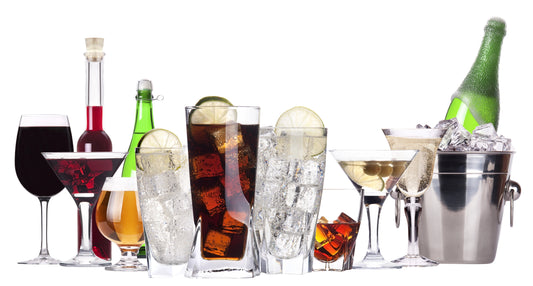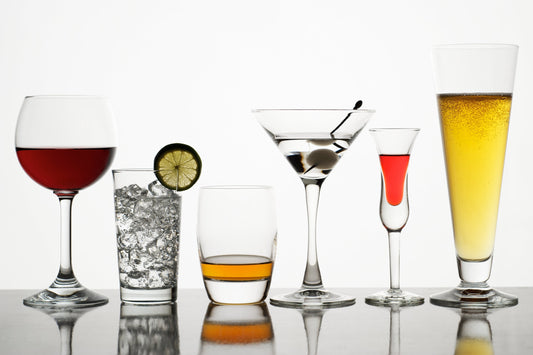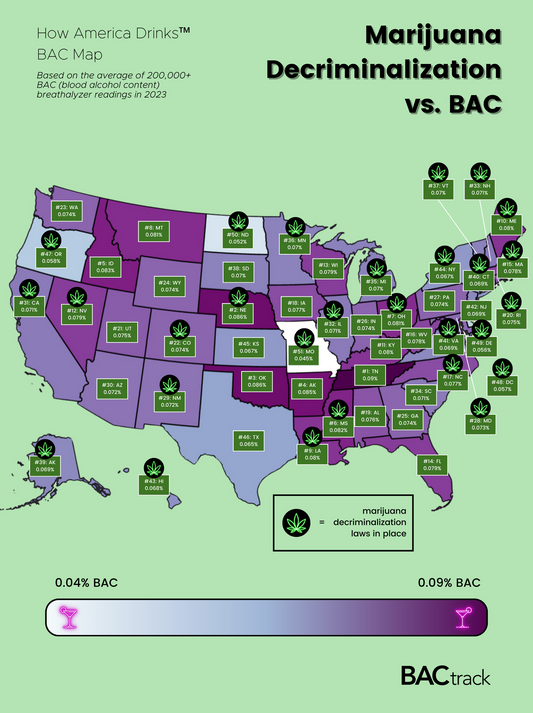Can You Beat a Breathalyzer with Powdered Alcohol?
Can You Beat a Breathalyzer with Powdered Alcohol?
People have tried to beat a breathalyzer in a variety of inventive ways--from sucking on pennies to eating their own underwear. Alas, none have proved successful. But what if instead of drinking alcohol, you consumed it in a different way? Would the results still show up on a breathalyzer?
Palcohol, or powdered alcohol, was approved last week by the U.S. Alcohol and Tobacco Tax and Trade Bureau for sale nationwide, and could hit the shelves as early as this summer. While the prospect of carrying around a bottle of vodka in the rear pocket of your skinny jeans is attractive to some, not everyone is excited about this new method of boozing.
Parents, pediatricians, and legislators are all worked up over what Palcohol will mean for fighting underage drinking. Finding hidden bottles in your teenager’s bedroom is one thing, but policing for little packets of powder is quite another. Parents are scared that Palcohol may be too small to patrol for, and may lead to spiked foods, drinks, and clandestine consumption at school or even at home.
Being a powder, the specter of more illicit drugs is certainly being cast, as well. Critics fear kids will snort, smoke, or inject Palcohol—a familiarity that could lead elsewhere.
Mark Phillips, its creator, claims this need not be a worry.
“Even the goofballs won't snort Palcohol due to the pain the alcohol would cause,” he says. “It really burns… Second, it's impractical. It takes approximately 60 minutes to snort the equivalent of one shot of vodka."
But what if someone did in fact snort powdered alcohol? Since they didn’t actually drink it, would it still show up in a breathalyzer test?
To find out, we consulted our friend and BACtrack Advisor, Dr. Amitava Dasgupta, PhD, a toxicologist and professor in the Department of Pathology and Laboratory Medicine at the University of Texas-Houston Medical School.
“There is a perception that if your breath smells like alcohol, you must have a blood alcohol level exceeding the limit for driving,” he says. “In reality, alcohol is almost odorless, and the alcohol perceived by people is due to the presence of many complex, organic, volatile compounds in alcoholic beverages.”
The faulty logic behind the Palcohol argument is that if you remove the alcohol from the mouth, these compounds would also be removed from the breath, and be invisible to a breathalyzer.
But a breathalyzer isn’t measuring these smelly compounds. It’s measuring that “almost odorless” substance—the booze in your system.
“A very small amount of alcohol is found in human breath,” Dasgupta says. “Only air in the deepest portion of the lung, known as alveolar sacs, comes in contact with the alcohol found in the blood. After measuring the concentration of alcohol in the exhaled air, the microprocessor of the instrument automatically converts the value to a calculated blood alcohol level.”
Therefore, it doesn’t matter how the alcohol enters the bloodstream—whether by drinking, snorting, or any other method. As long as it’s there, the breathalyzer will detect it.
While federally approved and not yet available for sale, several states are already clamoring for powdered alcohol to be outlawed. The fate of Palcohol as a product is yet undetermined. But one thing that is for certain is that no matter how alcohol is consumed, BACtrack Breathalyzers will be able to reliably detect and accurately measure its effect of the human body.




